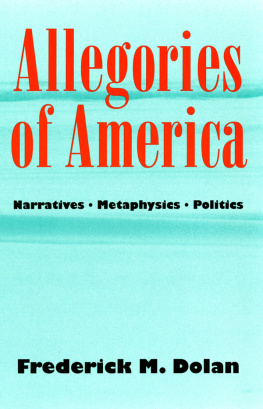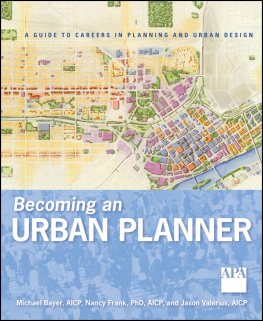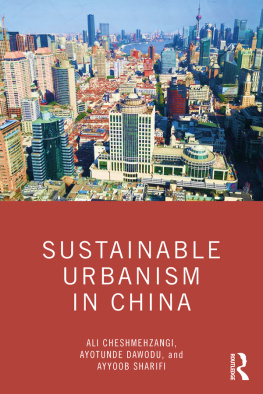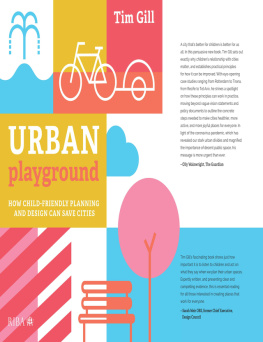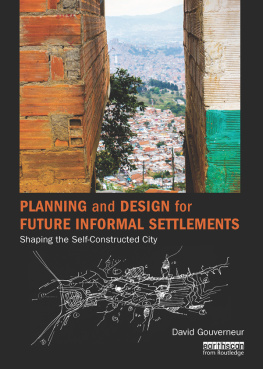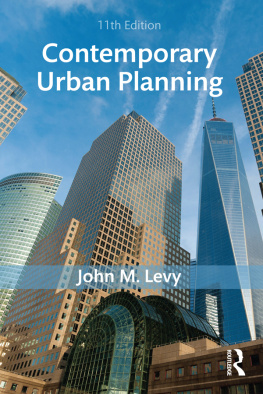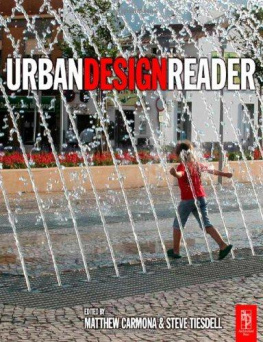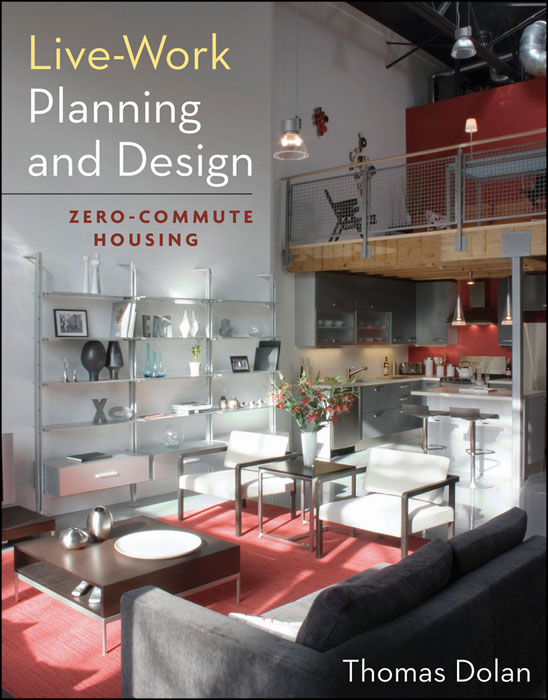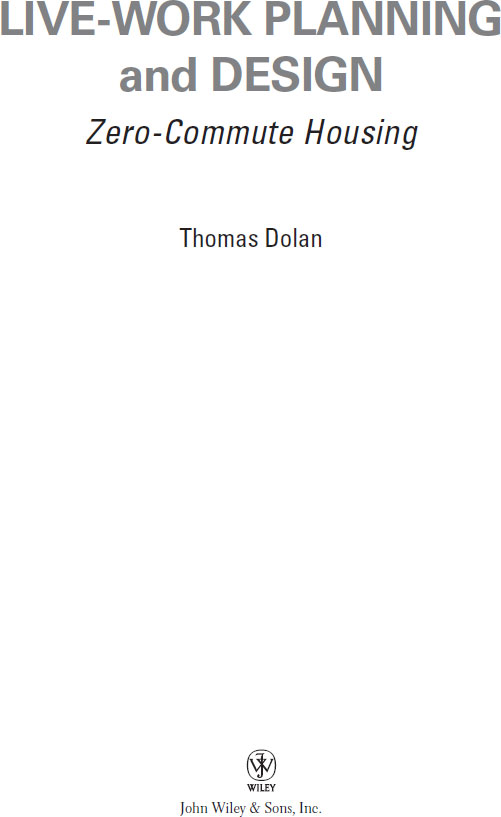This book is printed on acid-free paper. 
Copyright 2012 by John Wiley & Sons, Inc. All rights reserved.
Published by John Wiley & Sons, Inc., Hoboken, New Jersey.
Published simultaneously in Canada.
No part of this publication may be reproduced, stored in a retrieval system, or transmitted in any form or by any means, electronic, mechanical, photocopying, recording, scanning, or otherwise, except as permitted under Section 107 or 108 of the 1976 United States Copyright Act, without either the prior written permission of the Publisher, or authorization through payment of the appropriate per-copy fee to the Copyright Clearance Center, Inc., 222 Rosewood Drive, Danvers, MA 01923, 978-750-8400, fax 978-646-8600, or on the web at www.copyright.com . Requests to the Publisher for permission should be addressed to the Permissions Department, John Wiley & Sons, Inc., 111 River Street, Hoboken, NJ 07030, 201-748-6011, fax 201-748-6008, or online at http://www.wiley.com/go/permissions .
Limit of Liability/Disclaimer of Warranty: While the publisher and author have used their best efforts in preparing this book, they make no representations or warranties with respect to the accuracy or completeness of the contents of this book and specifically disclaim any implied warranties of merchantability or fitness for a particular purpose. No warranty may be created or extended by sales representatives or written sales materials. The advice and strategies contained herein may not be suitable for your situation. You should consult with a professional where appropriate. Neither the publisher nor author shall be liable for damages arising herefrom.
For general information on our other products and services, or technical support, please contact our Customer Care Department within the United States at 800-762-2974, outside the United States at 317-572-3993, or fax 317-572-4002.
Wiley publishes in a variety of print and electronic formats and by print-on-demand. Some material included with standard print versions of this book may not be included in e-books or in print-on-demand. If this book refers to media such as a CD or DVD that is not included in the version you purchased, you may download this material at http://booksupport.wiley.com . For more information about Wiley products, visit www.wiley.com .
All photographs and drawings are courtesy of Thomas Dolan unless otherwise noted.
Library of Congress Cataloging-in-Publication Data:
Dolan, Thomas, 1949
Live-work planning and design : zero-commute housing / Thomas Dolan.
p. cm.
Includes bibliographical references and index.
ISBN 978-0-470-60480-9 (cloth); 978-1-118-13028-5 (ebk.); 978-1-118-13029-2 (ebk.);
978-1-118-14404-6 (ebk.); 978-1-118-14405-3 (ebk.); 978-1-118-14406-0 (ebk.)
1. Multipurpose buildings. 2. City planning. 3. Housing. 4. Sociology,
Urban. I. Title. II. Title: Zero-commute housing.
NA4177.D65 2012
728dc23
2011018346
978-0-470-60480-9
For Henry and Emily:
May you live near where you work, may you always love the work you do, and may you dwell forever in a strong community.
Preface
Live-work is truly a phenomenon of our times, and all indications are that it will grow increasingly prevalent. Statisticians confirm what we readily observe: More people are deciding to work at home every day. Technology allows us to do so, the present economy may force us to do so, and the great demographic bulges of aging baby boomers and millennials appear to be voting with their feet in embracing urban forms of living that were considered marginal twenty-five years ago.
I am fortunate to have spent almost three decades, my entire professional career, designing live-work projects. It is gratifying to see what was once the exception become a highly desired building type. At the same time, though, it is clear that even as live-work has become mainstream and in great demand, there is a marked lack of both common language and practices, both of which create confusion and unnecessary effort; many, interested in creating live-work are unaware that we now have a robust and instructive stock of existing precedents from which to learn.
My purpose in writing this book is to create an enduring set of definitions and standards through which live-work can be understood and discussed by a wide-ranging audience including professionals such as architects, planners, government officials, and community activists to those who it ultimately impacts the most: our community dwellers. In my twenty-seven years of designing live-work, observing live-work projects around the North America, and studying the subject, I have seen most of the existing variations on Zero Commute Living.
When I think of live-work as a broad concept, I often recall a man I met on Dal Lake, in the Vale of Kashmir in the north of India, many years ago. This man spent a day paddling me in his shikara , or paddle boat, while smoking his hubbly-bubbly pipe under his cloaka sort of serape-like swath of woven wool with a slit for his head and a hood. That evening, this kind man took me home to meet his family, and his first act upon entering the house was to take off his cloak and spread it on his bed. It was clear that what he worked in and what he slept under were one and the same (see ).
: Shikara on Dal Lake, in the Vale of Kashmir, in the north of India; what the boatman worked in and what he slept under were one and the same.
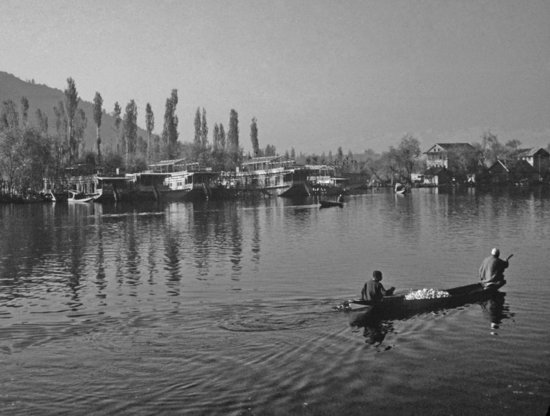
This was an aha! moment for me. It led me years later, as a designer, to ask fundamental questions about the nature of how we live and how we work: Why do we leave our houses empty all day and our offices empty all night? Can we afford this kind of duplicative waste? What if deciding not to devote two separate locations to the two most time-consuming activities of our livesliving and workingactually resulted in happier people, better communities, and significant environmental and social benefits? What if the elimination of waste creates opportunities to build community? Thus was born a vocation for me, which is to create communities where the many functions of life are brought back together, where face-to-face interaction occurs as a natural outgrowth of good design, and where we are saving the planet while healing the disconnectedness in our lives. Such communities are what the world needs, and in this book you will learn how to create them.
The implications of live-workand by extension live-work's recognition of the importance of physical proximity in the lives of those who choose to pursue Zero Commute Livingare both far reaching and focused .
Far-reaching : Live-work is perhaps the most immediate expression of a view of settlement patterns that sees the need for automobile transportation to meet all of one's needs as a measure of profound dysfunction. Such a view runs counter to conventional sprawl developmentthe prevailing model since World War IIand embraces compact, walkable communities la New Urbanism, Smart Growth, or enlightened urban infill.
Focused : Live-work is the natural result of an individual's decision not to commute and the collective effect of many people making that same choice. That simple decision means that individuals have chosen to put their lives back together (no, this is not a twelve-step program) by focusing the majority of their day-to-day lives in one place. In doing so, they are no longer merely sleeping at home and working at the office, each while the other sits vacant. Being in one place most of the time engenders an attachment to and pride in that place, and a demand for a more well-considered environment.


